
Blog
Easter Origin, Tradition and Global Celebration

Easter, a holiday celebrated by millions around the globe, is a Christian feast commemorating the resurrection of Jesus Christ. It also holds deep symbolic meaning tied to rebirth, renewal, and the arrival of spring. But Easter is far more than just a Christian celebration. It’s a holiday with ancient pagan roots, entwined with fertility rites and spring festivals, which have been woven into its modern-day customs. From decorating eggs to the legend of the Easter Bunny, this article explores the origins, evolution, and global celebrations of Easter.
Ancient Spring Festivals and the Easter Origin
The roots of Easter are as ancient as civilization itself. Long before the establishment of Christianity, various cultures celebrated the arrival of spring, marking the rebirth of nature and the fertility of the land. These early spring festivals would become the foundation upon which Easter was built.
Eostre: The Goddess of Spring
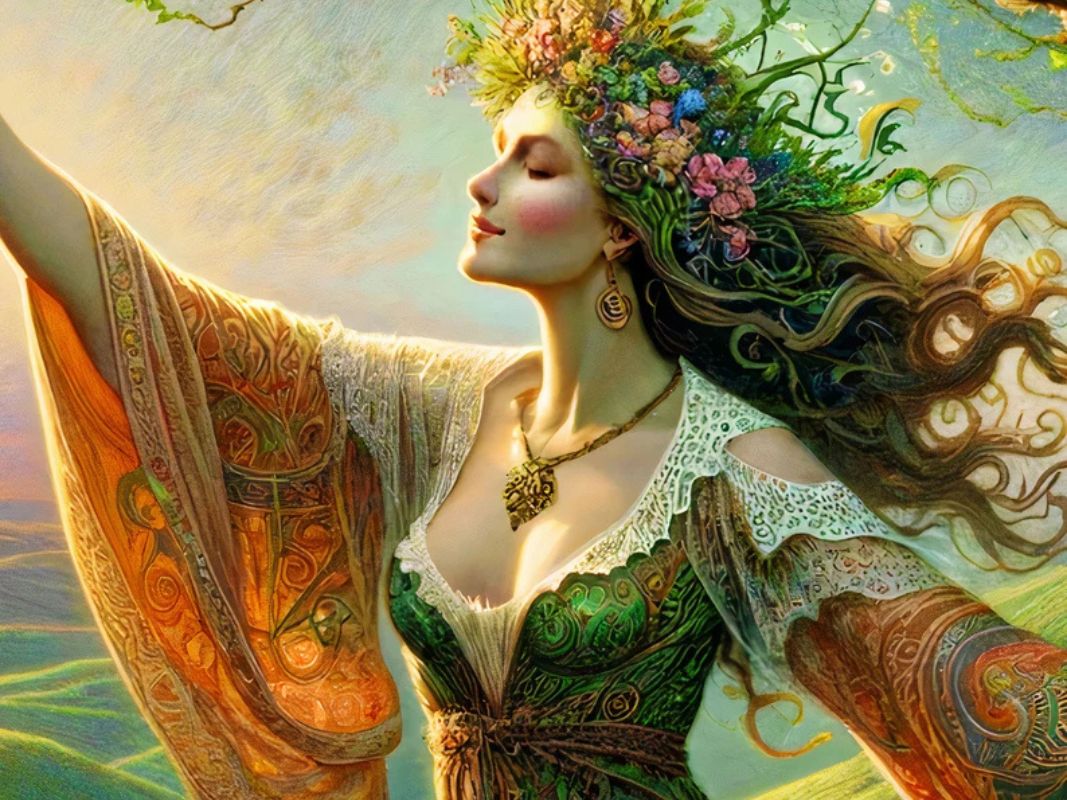
The Anglo-Saxon goddess Eostre, often cited as the inspiration for the name “Easter,” was celebrated during the spring equinox, a time of balance between light and darkness. The festival of Eostre represented the renewal of life after the harshness of winter. According to folklore, rabbits and eggs were her symbols—rabbits for their fertility and eggs for the new life they represented. While historical evidence linking Eostre to Easter is scarce, the notion of springtime rebirth is undeniably central to both traditions.
Spring Equinox Festivals Across Civilizations
In addition to the Anglo-Saxons, many ancient civilizations held spring festivals. For the Romans, the festival of Hilaria, dedicated to Cybele, the mother goddess, was a time for joy, feasting, and celebration. This spring festival, which often involved colorful parades and offerings, honored the Earth’s renewal, paralleling many Easter symbols of rebirth and new life.
The Persian festival of Nowruz, which celebrates the Persian New Year during the spring equinox, shares thematic similarities with Easter. Although it is a secular holiday, Nowruz marks the triumph of light over darkness, life over death, echoing the resurrection themes of Easter.
These springtime celebrations represented the natural cycle of life, growth, and the Earth’s return to fertility—fundamental concepts that would later become integral to Easter.
Easter History Transformation

As Christianity spread across Europe, it absorbed elements of these pagan spring festivals, transforming them into religious observances that focused on the resurrection of Jesus Christ. The symbolism of rebirth and renewal associated with ancient spring festivals was reinterpreted to reflect the resurrection of Christ.
Establishing Easter: The Council of Nicaea
In 325 AD, the Council of Nicaea determined that Easter would be celebrated on the first Sunday after the first full moon following the spring equinox. This decision harmonized the timing of the holiday with the natural cycles of the moon and sun, maintaining its connection to the pagan spring festivals.
The calculation of Easter’s date also linked it to Passover, the Jewish festival commemorating the Exodus from Egypt. Because Jesus’ crucifixion took place during Passover, early Christians saw the resurrection as fulfilling the Jewish prophecy of redemption and salvation. Thus, Easter’s date reflects both its Christian and Jewish roots.
The Passion and Resurrection of Jesus
Central to Easter is the belief in the resurrection of Jesus Christ. According to the New Testament, Jesus was crucified on Good Friday and resurrected on Easter Sunday, symbolizing his victory over sin and death. Easter Sunday follows Holy Week, a series of events marking the last days of Jesus’ life, including Maundy Thursday, which celebrates the Last Supper, and Good Friday, a solemn remembrance of the crucifixion.
The resurrection is the cornerstone of Christian theology, representing eternal life and hope. Easter’s celebration of Christ’s triumph over death mirrors the themes of rebirth that were part of ancient spring festivals, blending pagan and Christian traditions.
Easter Traditions Through the Ages

As Easter became a dominant Christian holiday, it absorbed numerous customs and symbols from ancient fertility festivals, creating a rich tapestry of traditions that have endured to this day.
Eggs and Rebirth
The egg has long been a symbol of fertility and rebirth, even before the advent of Christianity. For early Christians, the egg came to represent the empty tomb of Christ, from which Jesus was resurrected. Decorating eggs became a way to celebrate the new life brought by the resurrection. In many Orthodox Christian traditions, eggs are dyed red to symbolize the blood of Christ.
Over the centuries, Easter eggs became a central part of the celebration, with the tradition of decorating them evolving into a family-friendly activity. In some parts of the world, particularly in Eastern Europe, egg-decorating is considered an art form. The Pysanky technique, which involves using wax and dye to create intricate patterns on eggs, is especially popular in Ukraine, where these beautiful eggs are exchanged as tokens of good fortune.
The Easter Bunny
The story of the Easter Bunny has its origins in German folklore. The Osterhase, or Easter hare, was believed to lay eggs for children to find on Easter morning. Rabbits, known for their prolific breeding, were associated with fertility and new life—fitting symbols for the springtime celebration.
When German immigrants brought this tradition to the United States in the 18th century, the Easter Bunny became widely accepted. Today, the Easter Bunny is a beloved figure in many households, bringing chocolates, candy, and toys to children on Easter Sunday. The modern Easter Bunny’s association with eggs further reinforces the themes of fertility and rebirth that have been central to the holiday for millennia.
Celebrating Easter Around the World

Easter’s evolution has led to a wide variety of celebrations across the world. While the core religious observances remain the same, local customs have created diverse ways of marking this holiday.
Easter Traditions in Europe
Across Europe, Easter is celebrated with both solemn religious observances and joyful community events. In Spain, the week leading up to Easter—known as Semana Santa (Holy Week)—features elaborate processions where religious brotherhoods carry statues of the Virgin Mary and Jesus through the streets. Each procession is a deeply moving display of devotion, with participants dressed in traditional robes and hoods, accompanied by dramatic music and prayers.
- In Eastern Europe, particularly in Poland, Ukraine, and Hungary, decorating Easter eggs is a cherished tradition. The art of Pysanka (in Ukraine) involves using a wax-resist method to create intricate, multicolored designs on eggs, symbolizing protection, prosperity, and new beginnings. These decorated eggs are blessed in church on Holy Saturday and shared with family and friends during Easter meals.
- In Finland, Easter also incorporates a unique blend of religious and pagan customs. Children dress as witches, going door-to-door offering willow branches in exchange for sweets—similar to Halloween. This tradition, known as Virpominen, is a nod to the idea of warding off evil spirits.
Easter Traditions in Latin America
- In Mexico, Semana Santa is observed with passion plays, processions, and reenactments of the crucifixion. In cities like Taxco and Iztapalapa, thousands of participants dramatize Christ’s final hours with vivid realism. These performances are considered an act of devotion, with some participants carrying heavy crosses or undergoing self-flagellation in acts of penance.
- In Guatemala, the streets are decorated with alfombras, intricate carpets made of colored sawdust, flowers, and pine needles. These stunning artworks line the routes of religious processions and are trampled upon as the religious floats pass, symbolizing the fleeting nature of life and sacrifice.
- In Brazil, Easter celebrations also include large feasts, often featuring bacalhau (salted cod), a dish rooted in the country’s Portuguese heritage. These communal meals bring families together, much like Christmas dinners, highlighting the importance of family and togetherness during the holiday.
Easter Traditions in Africa and the Middle East
- In Egypt, Easter is celebrated by the Coptic Orthodox Church, which follows the Julian calendar. The Coptic observance of Easter includes long services marked by intricate hymns and chants. Following the midnight liturgy, Coptic Christians break their 55-day fast with a celebratory meal featuring feseekh, a traditional salted fish dish, along with bread and eggs.
- In Ethiopia, Fasika (Orthodox Easter) is preceded by a 56-day fasting period, known as Hudade, where meat, dairy, and eggs are forbidden. After attending long church services, Ethiopian families enjoy a feast that often includes doro wat (spicy chicken stew) served on injera (a type of flatbread). The celebrations are marked by music, dancing, and community gatherings that extend throughout the week.
Myths and Legends Surrounding Easter

Easter is not just a religious celebration—it is also surrounded by a rich tapestry of myths, legends, and symbolism that have contributed to its modern identity. These myths have blended ancient pagan customs with Christian beliefs, creating the unique and diverse traditions we associate with the holiday today.
The Easter Bunny: Symbol of Fertility
One of the most iconic symbols of Easter is the Easter Bunny, a figure beloved by children who delivers eggs, chocolates, and treats. The legend of the Easter Bunny has its roots in German folklore, where the Osterhase (Easter Hare) was believed to lay eggs for children to find on Easter morning. Rabbits and hares, known for their fertility and prolific reproduction, were natural symbols for the spring season, which celebrates the renewal of life and nature.
As German immigrants brought the tradition to America in the 1700s, the Easter Bunny became a central figure in the holiday’s folklore. Today, the Easter Bunny’s delivery of candy and eggs to children remains a cherished part of the Easter celebration, symbolizing the themes of fertility, spring, and new beginnings.
Easter Eggs: Symbol of Resurrection and Rebirth
The practice of decorating Easter eggs dates back centuries and is steeped in symbolism. In many cultures, eggs have represented fertility, renewal, and the birth of new life. Early Christians adopted the egg as a symbol of Christ’s resurrection. Just as a chick breaks free from its eggshell, the egg was seen as a metaphor for Jesus emerging from the tomb after his crucifixion.
In the Orthodox Christian tradition, eggs are dyed red to symbolize the blood of Christ, and these red eggs are cracked together in a symbolic gesture representing the breaking of Christ’s tomb. In more secular Easter celebrations, the tradition of Easter egg hunts—where children search for hidden eggs—has become a popular activity, combining the religious and playful aspects of the holiday.
The Legend of Eostre
The connection between Easter and the goddess Eostre is one of the most enduring myths surrounding the holiday. According to the 8th-century monk Bede, the festival of Eostre was celebrated by the Anglo-Saxons during the spring equinox. Although there is little historical evidence to confirm widespread worship of Eostre, her association with fertility, spring, and new life has persisted.
Eostre’s symbols—such as the hare and egg—have been adopted into the broader celebration of Easter, and her legend remains a compelling narrative of how pagan festivals and Christian holidays have influenced each other over the centuries.
Easter in the Modern World
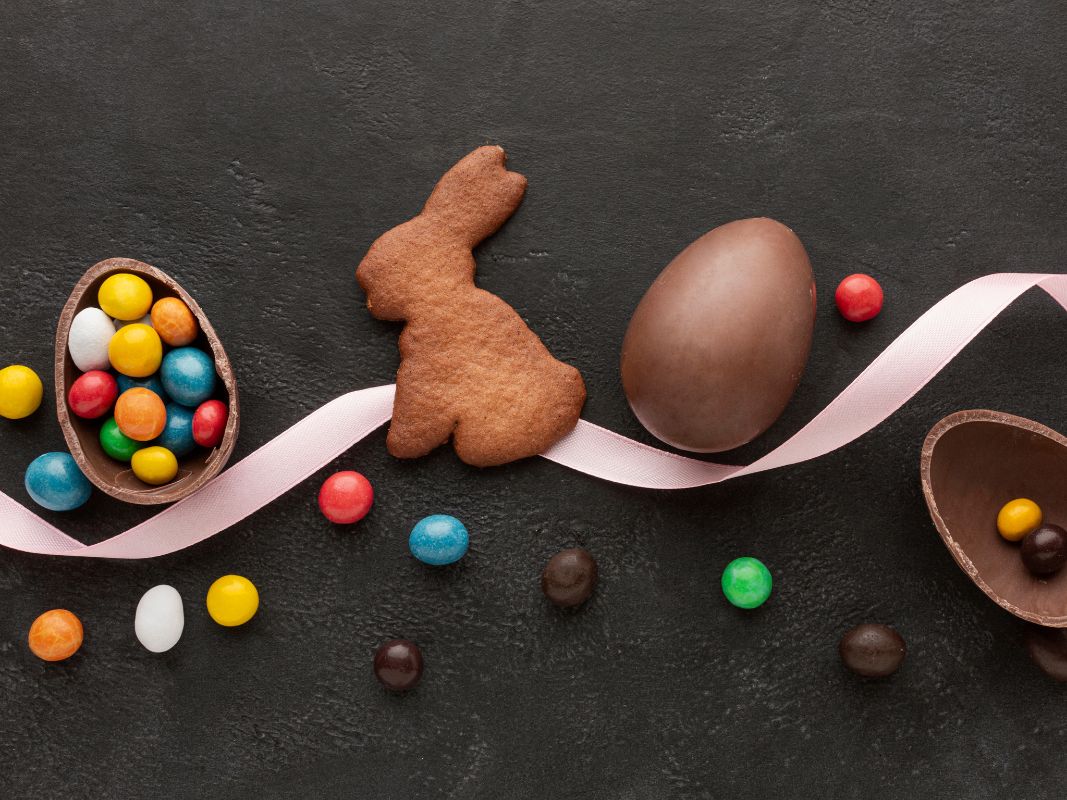
As with many holidays, Easter has seen a significant amount of commercialization, particularly in Western countries. Beyond the religious observances, Easter has become a time for gift-giving, feasting, and family activities. The sale of chocolates, candies, Easter baskets, and greeting cards makes Easter a major retail event each year.
The Rise of Chocolate Easter Eggs
The tradition of giving chocolate eggs during Easter began in 19th-century Europe. As chocolate became more widely available and affordable, chocolatiers in countries like France and Germany began molding hollow chocolate eggs to celebrate the holiday. Over time, the practice spread across Europe and the United States, becoming a central part of modern Easter celebrations.
Today, chocolate eggs, bunnies, and other spring-themed candies are staples of Easter baskets. In the UK alone, millions of chocolate Easter eggs are sold each year, contributing to the holiday’s reputation as one of the most candy-filled days of the year.
Greeting Cards and Pop-Up Designs
Another significant aspect of modern Easter is the tradition of exchanging greeting cards. While the custom of sending cards dates back to the Victorian era, it has grown considerably in recent years, especially with the advent of pop-up card designs. These cards, featuring intricate, three-dimensional scenes, add a creative and personal touch to the well-wishing aspect of the holiday.
At Kiricard, we offer a wide variety of Easter-themed pop-up cards that bring the spirit of the holiday to life with unique, handcrafted designs. Whether you’re looking to send a meaningful message or simply add an artistic touch to your Easter celebrations, our cards are the perfect choice.
The Timeless Meaning of Easter
Despite its commercialization and the evolving ways in which it is celebrated, Easter retains its core message of rebirth, renewal, and hope. The holiday’s enduring appeal lies in its ability to bridge the gap between ancient fertility rites and Christian theology, offering a universal celebration of life’s victory over death.
Whether celebrated with a religious focus or through the secular lens of egg hunts, bunnies, and family feasts, Easter brings people together to honor the themes of new beginnings and the arrival of spring. The holiday’s blend of cultural, religious, and modern traditions ensures its continued significance for generations to come.
Why Choose Kiricard for Easter Celebrations?
At Kiricard, we specialize in crafting unique and intricate pop-up cards that bring every celebration to life. With over 10 years of experience in the paper crafting industry, Kiricard has perfected the art of creating beautiful and surprising 3D pop-up designs that add a magical touch to any occasion. Each of our products is meticulously designed with attention to detail, ensuring that every card tells a story of love, joy, and creativity.
From Easter-themed pop-up cards to designs for every holiday, Kiricard combines artistry with innovation to offer products that stand out. Whether you’re sending a special Easter card to a loved one or looking for a unique decoration, Kiricard’s collection of handcrafted pop-up cards provides the perfect way to celebrate.
Explore our Easter collection today and bring a creative twist to your celebrations. Visit Kiricard and discover the art of pop-up cards—where every fold tells a story of joy and renewal.

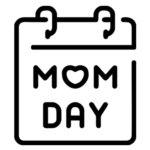



 Christmas
Christmas Father’s Day
Father’s Day Valentine’s Day
Valentine’s Day Easter
Easter Thanksgiving
Thanksgiving Halloween
Halloween
 Birthday
Birthday Wedding
Wedding Anniversary
Anniversary Graduation
Graduation Baby Shower
Baby Shower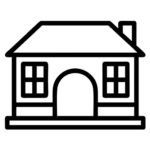 House Warming
House Warming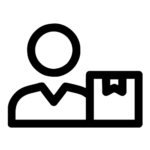
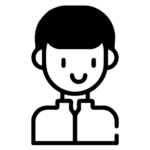 For Him
For Him For Her
For Her For Kids
For Kids
 Floral
Floral Animals
Animals Trees
Trees Architecture
Architecture Vehicle
Vehicle LGBTQ+
LGBTQ+ Just Because
Just Because
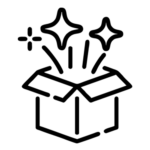 Pop-up Box
Pop-up Box Pop-up Stand
Pop-up Stand